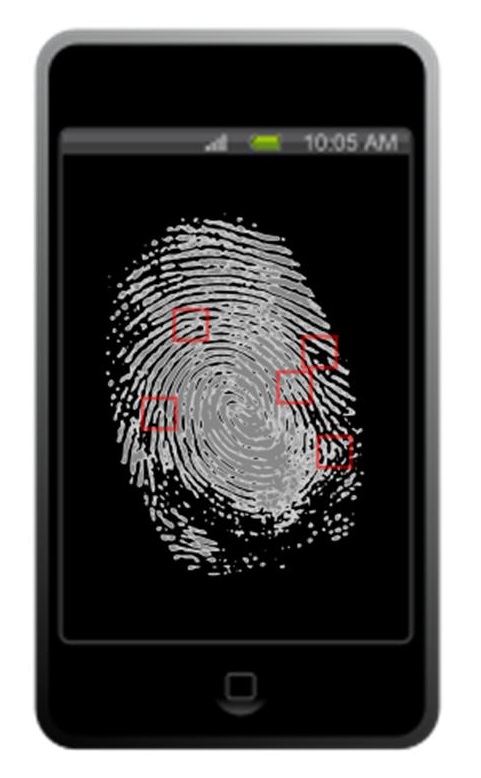The shipments of these mobiles devices on a global scale maintained Apple’s crown.
According to recent tablet commerce data issued by Strategy Analytics, the shipments of these mobile devices reached 76.8 million units last year, which was an increase of 20 percent over the 64 million units that had been shipped in 2012.
The Android operating system has been leading this marketplace with a clear dominance.
The data from Strategy Analytics showed that in terms of the share of operating systems in tablet commerce, Google’s Android was in the lead with a massive 62 percent. That said, Apple’s iOS had a 34 percent of the whole. That said, when it came to the individual mobile devices, Apple by far sold the largest number when compared to any other specific manufacturer.
Apple saw tablet commerce, last year, that was made up of the shipment of 26 million mobile devices.
Samsung came in second when it came to tablet sales, having shipped 13.6 million. In third place was Amazon, which sold 4.6 million. The next on this list were Asus (the manufacturer of the Nexus 7), which sold 3.6 million units, and then Lenovo with its 3 million, and Acer which had 1 million.
Among the products that drove Apple to the top of the list and made sure that consumers remained very interested in the tablets that it had to offer, were the iPad Air and the iPad mini with Retina display. These were credited by Strategy Analytics as having pushed its market share upward in the fourth quarter of last year by an additional 7 percent over where it had been in the third quarter. This turned around a two quarter streak of lost share.
Overall tablet commerce was very strong last year. It saw growth of 33 percent when compared to the year before, reaching 227 million units. The Strategy Analytics director of tablets and wearables, Matt Wilkins stated that “2013 was another extremely healthy year for the tablet market.” He added that while it was not a three digit increase, as had previously been seen, it remains considerable when keeping in mind that the market is now delivering more than 200 million units worldwide each year.
 Rumors about the next Apple smartphone are flying and they include a number of additions.
Rumors about the next Apple smartphone are flying and they include a number of additions.
The latest predictions about the iPhone 5S have been claiming that Apple will finally be including NFC technology in its device, and that it will be combined with a fingerprint reader for added mobile security.
This new pair of features could allow Apple to support payments with a great deal of added security.
Neither the rumors about the inclusion of NFC technology or of the fingerprint reader are new, but they are becoming increasingly prevalent in the predictions for the iPhone 5S. Both of those features had been predicted for the iPhone 5 release, but it looked as though the manufacturer was seeking further development before they were to be included in a release.
NFC technology has been long awaited from Apple mobile devices
According to Ming-Chi Kuo, an analyst from KGI, it is expected that the fingerprint reader will be built directly into the newest device’s home button. In addition to this prediction, the latest rumor from China, through Macotakara, has said that it is also the manufacturer’s intention to enable the iPhone 5S with NFC technology – a feature that was notably lacking from their last smartphone release.
This would allow the new smartphone to support mobile payments at any of the growing number of retailers and merchants that are already supporting mobile payments based on NFC technology. The security for the use of that type of transaction could be heightened if combined with the use of the fingerprint reader under the device home button.
In 2012, Apple purchased Authentec for $356 million, which would allow the company to add fingerprint reading to its devices for greater security levels. Authentec had already established itself as an expert in mobile biometric security even before it was acquired.
As security has been a considerable barrier to the use of mobile payments by consumers, the addition of the combination of the fingerprint reading with the NFC technology might make the difference in allowing consumers to feel more comfortable and secure in using their devices in place of a loyalty, credit or debit card for making a purchase while shopping in store.


 Rumors about the next Apple smartphone are flying and they include a number of additions.
Rumors about the next Apple smartphone are flying and they include a number of additions.